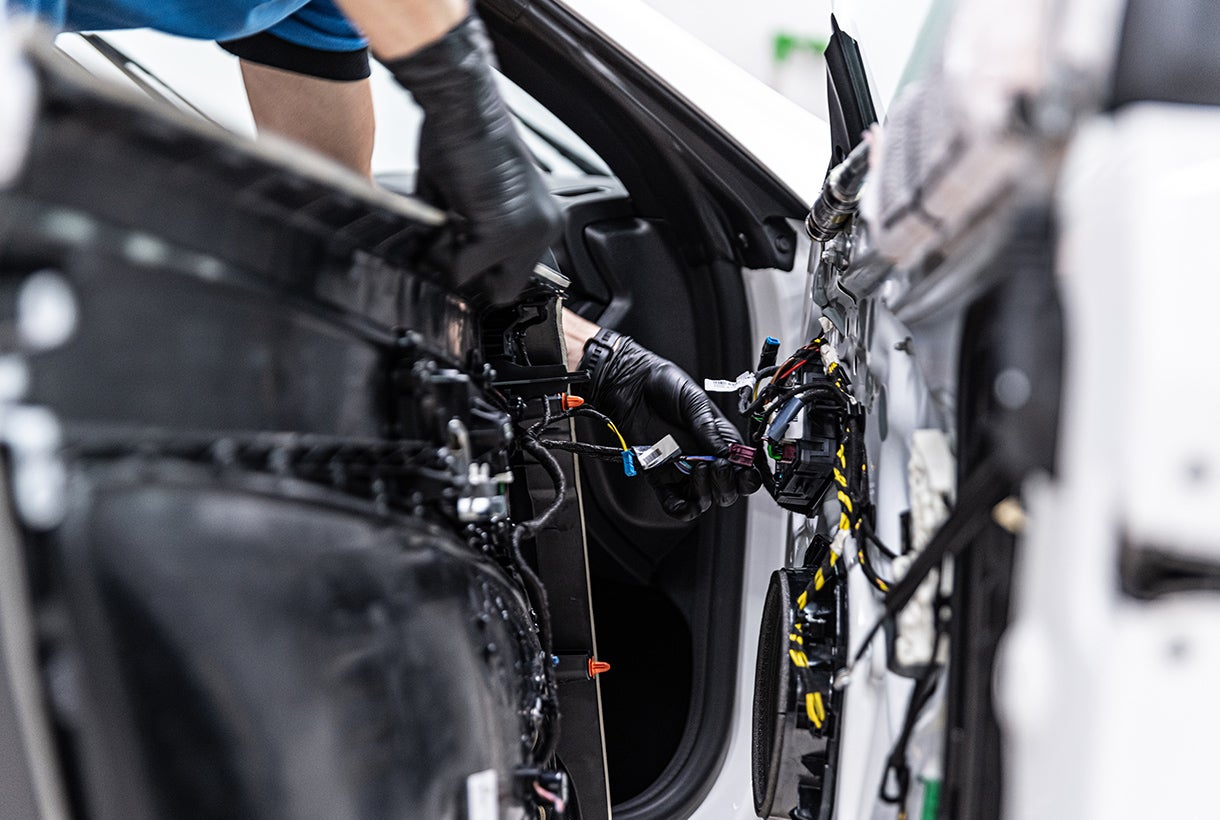

Are your lean efforts focused on delivering a few key results or do you have total operational control to enable continuous improvement?
A true commitment to118bet金博宝 可以试验t in bottom line improvements throughout your company, not just in production. Achieving a few measurable benefits is only the beginning of a lean journey. Here are a few before and after lean manufacturing examples:
Reducing Scrap Before
运营商收集废岑在本工作ter. Scrapped pieces are counted at the end of shift and the tally of part numbers and quantities are recorded on a production card. The card gets delivered to data entry and is keyed into the system the next day and possibly merged with other data from that day. In this scenario, it is impossible for quality managers to understand the source of a quality failure or its root cause to find a resolution since the information available is outdated or possibly inaccurate due to human error. The company measures scrap, but has no real way of addressing it and is forced to accept it as a cost of doing business.
Reducing Scrap with Better Operational Control
The system records scrap automatically from digital inspection devices or by the operator who must select a reason code. Information captured for the scrapped units includes the part number and operator as well as the specific lot of material from which it was produced and the machine that produced it. Statistical process control (SPC) data captures real-time inspection data and provides operators a visual graph, enabling them to intercede if they see a dimension trending out of specification, and alerting supervisors if the issue persists. With built-in standard costing, the business can record the dollar value of scrap and alert management if the issue gets beyond acceptable limits. Information is immediate, trackable, and actionable.
Inventory Before
Parts are pulled from stock and transported to work centers with the movement hand-written onto cards or travelers. Production operators record parts produced, but scrapped quantities are not recorded (as in the previous example). Production quantities are keyed into the system of record at the end of the shift, end of the day, or even the next day. The inventory consumed is decremented from inventory (referred to as back-flushing) based on what should have been consumed for the produced quantity. Any material that was scrapped or re-issued back to stock may or may not get captured, resulting in inaccurate inventory balances.
Inventory with Better Operational Control
All material movement and operations are recorded with a barcode scanner so every transaction is captured in the database. Material or parts get scanned when leaving stock (recording the “from”) and entering the work center (recording the “to”). The control panel loads the raw materials and immediately decrements the quantity from stock. Parts are again scanned when produced, scrapped or sent for rework so they are documented as in a work-in-progress (WIP) status for anyone to see. The118金宝搏app therefore has a continuously updated record of when inventory is in raw, WIP, or finished good status as well as their location in the facility—including in-transit—so there is little or no opportunity for inventory to be out of balance. The net benefit is the reduction of the extra material (excess inventory) that needs to be maintained to account for uncertainty. That capital—and the floor space that it used to take up—are now resources available for growth.
Capturing Data Before
Production tickets are filled out manually on paper by the operators on the plant floor. Tickets are collected at the end of each shift. Data is keyed in by data entry clerks at the end of the day or next day. Any human error during data entry causes downstream inaccuracies.
Capturing Data with Better Operational Control
All processes are digitized and recorded automatically in the database at “the manufacturing moment.” For example, parts are counted automatically by the machine at the machine or via automated machine integration. Alternatively, machine operators use barcode scanners and tablets to record production, scrap and other activities like setup or maintenance that become stored in the database and are accessible to the business immediately.
When quality procedures are woven into the “digital thread” of material flow, quality production becomes clearer as does the truth about scrap and other waste such as rework. A single source of real-time operational data available to anyone at any time from any device shines a light on what is actually happening and waste that often hides in the shadows of otherwise productive operations.
Discover how to increase your operational control—and become even more lean and mean. Download the white paperGaining Operational Control: Lean, Mean, or Somewhere In Between.





